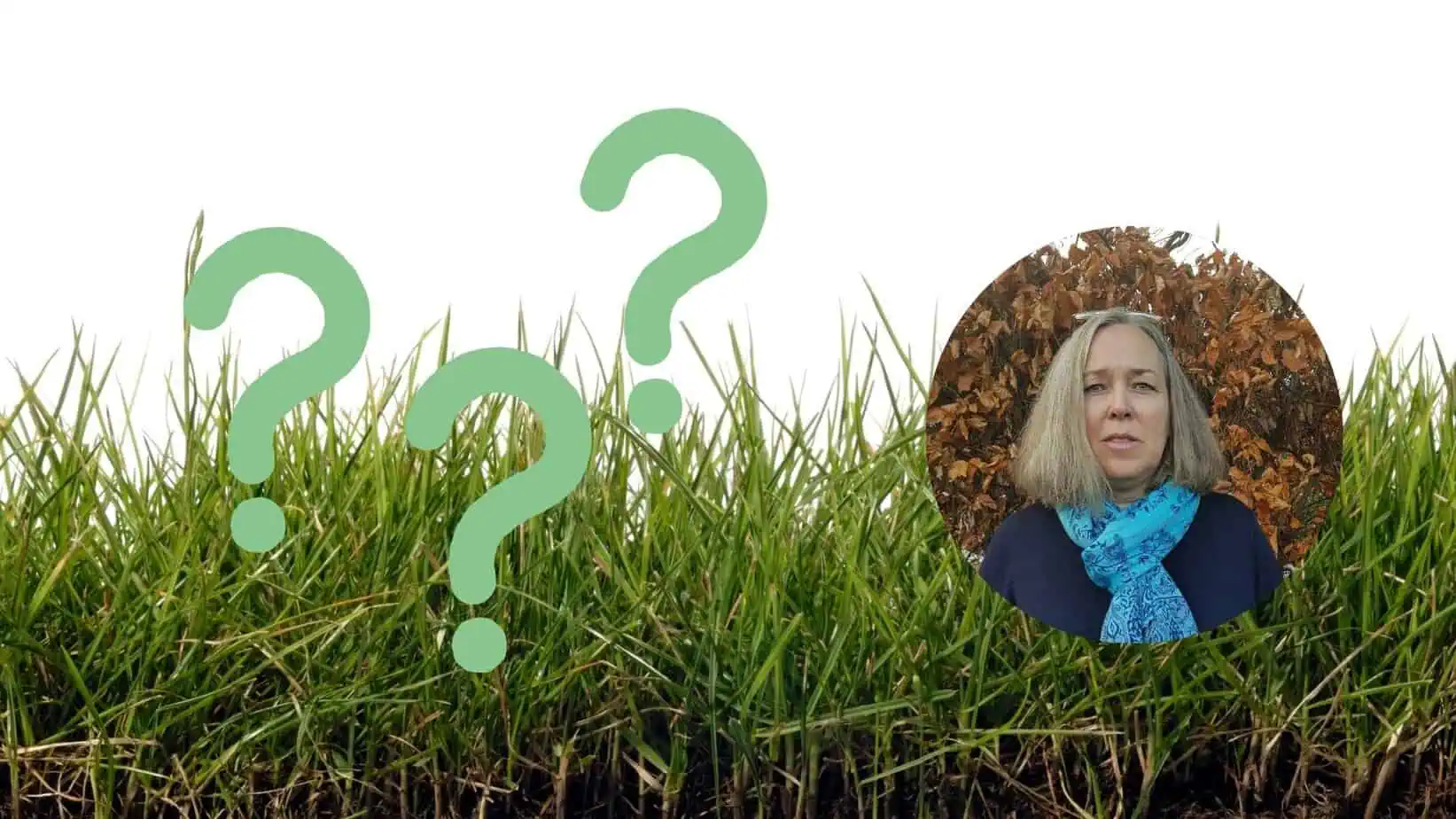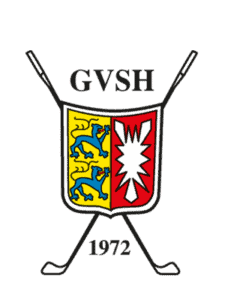Every four years, scientists from around the world gather at the International Turfgrass Research Conference to share information on the state of the art in turfgrass research. We spoke to Anne Mette Dahl Jensen, Product Development Manager at DLF, a global turfgrass seed company, after the recent International Turfgrass Research Conference ITRC2025 in Karuizawa, Japan, about current trends in the industry.
You just returned from a major turfgrass conference. What would you say was the dominant topic this year?
Dahl-Jensen: The overarching theme was sustainability and technology – especially in terms of breeding and maintaining turfgrass.
What are the main markets driving the turfgrass industry today?
Dahl-Jensen: We generally divide the market into two parts: the consumer market, which includes home lawns and private gardens, and the professional market, such as golf courses, football fields, cricket grounds and other sports areas. While the consumer market is large in volume, the professional side is where most of the innovation and research are focused, especially at conferences like this.
How has climate change impacted turfgrass development?
Dahl-Jensen: It has definitely made things more complex. In the past, we had access to herbicides, fungicides, insecticides and unlimited water – the main focus was on aesthetics: density, color and appearance. Today, especially in Europe, we’re facing strict regulations on pesticides and water use. That means we need grasses that are drought-tolerant, disease-resistant, and require fewer inputs. All of these traits have to be bred into a single plant – which makes the breeding process significantly more complicated.
Are some regions dealing with these challenges more easily than others?
Dahl Jensen: Not really. Every region has its own difficulties. In Japan and parts of Asia, they use warm-season grasses like Zoysia and Bermuda, which tolerate heat and salinity but still face disease issues. In Northern Europe, we’re restricted in herbicide and fungicide use, so weeds and diseases are a major problem. Southern Europe faces transitional zones with added stress. Even the U.S., with fewer restrictions, faces challenges – but often from a different perspective.
In golf equipment, the U.S. dominates global trends. Is it the same in seed development?
Dahl Jensen: Not to the same extent. While many U.S.-bred varieties are exported to regions like Southern Europe, the Middle East or Japan, it’s not a universal standard. U.S. breeders often focus on dark green, visually appealing varieties – and those are popular in certain regions for aesthetic reasons, even when they’re not ideal agronomically. Tradition and visual preferences play a huge role in variety selection.
What was your personal takeaway from the conference?
Dahl Jensen: For me, it confirmed that the path we’re taking in Europe – with more focus on sustainable turf and reduced pesticide use – is the right one. What surprised me is that many international researchers are still very focused on optimizing pesticide use instead of looking for alternatives. There’s still too little emphasis on pesticide-free management strategies.
Is the health impact of pesticides ever discussed at these conferences?
Dahl Jensen: Hardly at all.. The health topic simply isn’t part of the mainstream conversation. Maybe one session touched on it, but it’s not a major focus.
Were there any key disease or breeding topics that stood out?
Dahl Jensen: Yes, definitely. One whole session I attended was focused on turfgrass diseases, and two out of three presentations were about Dollar Spot. It’s now one of the most economically damaging turfgrass diseases globally – we’re seeing it across the U.S., Europe, and even the Nordic countries. Another major topic was water – both in terms of increasing drought, restrictions on irrigation water use and declining irrigation water quality. This has become a central issue worldwide and has gained importance even since the last conference four years ago.
Do you feel the golf industry is keeping up with these developments?
Dahl Jensen: Awareness is growing. At the last few conferences, there were seminars specifically for practitioners, and many people from the golf industry attended. But the problem is that we still lack enough region-specific research – especially in Europe. A lot of U.S. studies don’t translate directly to our conditions, and adapting them can be misleading. Climate change is moving faster than our research can keep up with.
How long does it actually take to develop and launch a new grass variety?
Dahl Jensen: It takes about 10 to 15 years from the start of a breeding project until a new variety is ready for market. That’s why events like this conference are so valuable – they help identify the most pressing challenges so we can start breeding today for the problems we’ll face in 10 to 15 years.







 Foto: GC Lauterhofen
Foto: GC Lauterhofen